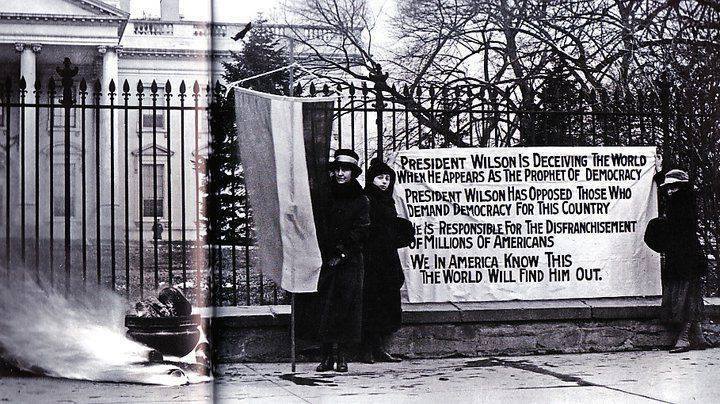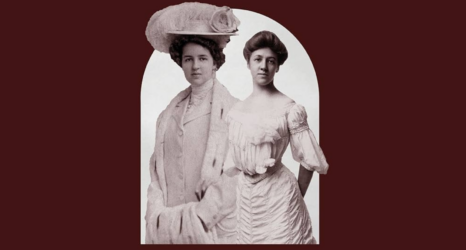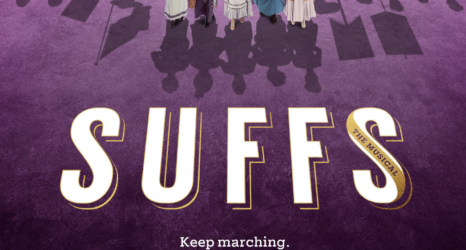
Today in Feminist History is our daily recap of the major milestones and minor advancements that shaped women’s history in the U.S.—from suffrage to Shirley Chisholm and beyond. These posts were written by, and are presented in homage to, our late staff historian and archivist, David Dismore.
January 1, 1919: In keeping with their insistence on deeds, not merely words, from political leaders in regard to passage of the Susan B. Anthony (woman suffrage) Amendment, National Woman’s Party members today lit a “Watch Fire of Freedom” in an urn in front of the White House fence, using as fuel copies of speeches made by President Wilson on his current tour of Europe.
Efforts to get President Wilson to endorse and lobby Congress for passage of the Anthony Amendment go back to the beginning of his Administration in 1913. A critical point came on January 9, 1917, when a large delegation of suffragists met with him. He not only refused to endorse the amendment, but did so in such a manner that the next day suffrage advocates began picketing the President by standing along the White House fence. The banner-bearing protesters highlighted the contrast between Wilson’s vigorous advocacy of democracy around the world with his refusal to do anything to help bring democracy to the female half of his own country.
Exactly a year to the day after that meeting, and following year-round, well-publicized picketing, with many pickets jailed, and some suffrage prisoners undertaking hunger strikes followed by force-feedings, the President finally did endorse the Anthony Amendment.
The next day it passed the House by the exact margin needed, and went on to the Senate. Pressure on the President to do more continued, and on September 30, 1918, Wilson personally appeared before the Senate and asked for passage of the amendment as a high-priority “war measure,” but it came up just two votes short the next day. Republicans gave it 73 percent support, well over the two-thirds needed for passage, while Wilson’s own Democrats provided only 57 percent support, dooming the measure.
National Woman’s Party members are not willing to settle for mere words of support, because not one woman has been enfranchised as a result of anything Wilson has said. His choice to go off to Europe to promote democracy in other nations while his own party still blocks passage of the Anthony Amendment in the Senate is why the N.W.P. staged this protest.

Today’s demonstration began when a bell at the nearby National Woman’s Party headquarters tolled while Dora Lewis and Edith Ainge consigned the first speech to the flames while standing along the White House fence. As they did so, a large banner was unfurled, questioning President Wilson’s commitment to the cause of democracy.
Next to the banner was an N.W.P. tricolor of purple, white and gold, held by several party members. A small piece of wood from a tree standing in Independence Square in Philadelphia, and symbolizing America’s historic quest for liberty, gave additional nourishment to the flames. The crowd became increasingly large and hostile, until finally a group of soldiers and sailors rushed forward and overturned the urn. But torches carried by N.W.P. members were quickly lit from the embers and held aloft.
Later, in Lafayette Park, a fire was lit in an even larger ornamental urn and police quickly rushed over to arrest Alice Paul, Julia Emory, Rose Conlan and Edith Ainge.
The protesters were taken to the police station, then released without bail. After release, they went to the sidewalk in front of the White House, where Alice Paul and the others spent the rest of this evening tending the Watch Fire and giving speeches to those who gathered in the sometimes drenching rain.





